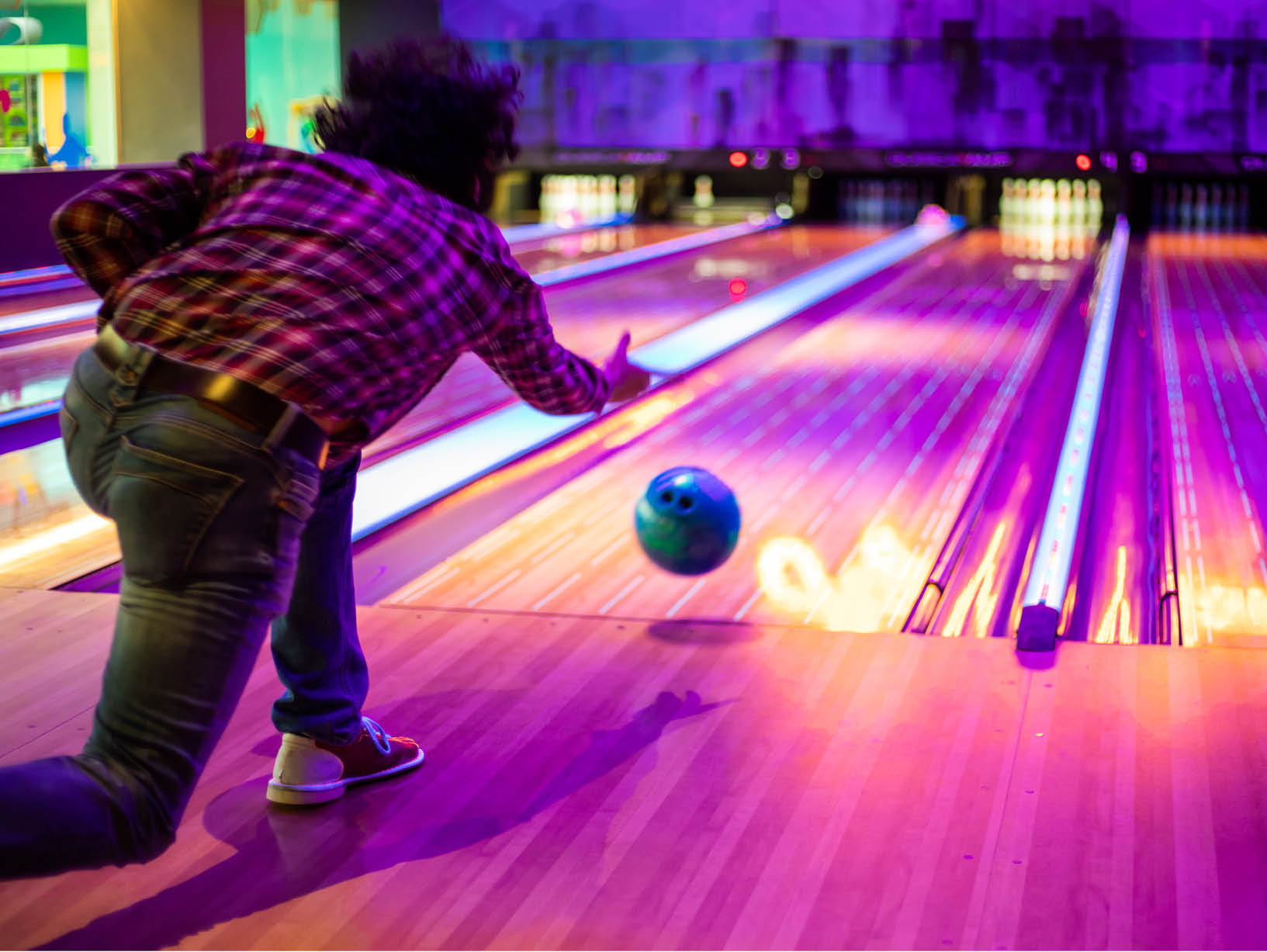Sorting Out Sports
If you’ve ever been to a sports bar, you’ve probably heard (or have been involved in) a good-natured debate about what a “real” sport is. Some will argue that high-level competitions such as football and basketball are actual sports compared with, say, curling or badminton. But is this merely a popularity contest? Or does the line get blurred between a sport and a leisure activity?
To discover the answers, objectivity is a must—and you can’t get more objective than a dictionary. Merriam-Webster defines “sport” as “a contest or game in which people do certain physical activities according to a specific set of rules and compete against each other.”
So, in searching for answers, our criteria are:
- A contest or a game.
- Physical activity.
- Established rules.
- Competition.
When you use these benchmarks as your starting point, you may be surprised by what you discover when you look beyond the surface of what some consider “so-called” sports.

SEDENTARY COMPETITIONS
These events usually require the least amount of movement, as participants are standing still or have minimal movement.
ARCHERY
Even though archery has been around for thousands of years and was first included in the Olympic Games in 1900, it often doesn’t get much love as a sport. You might think differently, though, if you ever pull an actual archer’s bow—which can require upward of forty to fifty pounds of force. Add to that the precision of hitting the target from seventy feet away, with millimeters often determining victory and defeat, and you have a sport that’s probably more difficult than more commonly played ones.
BOWLING
Sure, the act of bowling only requires a handful of steps, which even kids can master. However, throwing the ball (which usually weighs between ten and sixteen pounds) can be quite forceful, producing speeds of sixteen to twenty miles per hour or more—so your muscles definitely feel it after a game. The sport has also been professionally competitive for decades.
DARTS
Even more popular overseas than in the States, darts is the ultimate hobby—a common activity you can find in bars and pubs. It’s also an undeniably and fiercely competitive game, requiring a lot of concentration. But is it a sport? Throwing darts only burns about 100 calories per hour, about the same as croquet. That said, the repetitiveness does tax one’s muscles, and there are even workout routines for darters.
GOLF
A cart often takes you from hole to hole, and, at most, you walk casually for eighteen holes. The golf ball doesn’t even move when you hit it! That said, opting to carry your bag—which weighs approximately thirty to thirty-five pounds—all day can make it a tremendous workout. Plus, the force of a golf swing can be 2,000 pounds or more, and it’s one of the most mentally demanding challenges in the sports world. Fore! indeed.

TABLE COMPETITIONS
You’ll tend to find the following games in home basements or rec rooms, but do they have what it takes to make it to sports status?
BILLIARDS
Over forty million people play pool in North America, making it one of our most popular forms of recreation. But is it a sport? The negative: it’s very slow-paced and methodical, so it doesn’t seem like an athletic endeavor. And even though an hour of billiards only burns the same number of calories as archery, you can walk upward of a mile over the course of a game. Plus, your back, stomach, and leg muscles do get a workout.
TABLE TENNIS
Also known as ping-pong, this game is played in countless homes across America. But did you know that by playing, you can burn the same number of calories as you would in a casual volleyball match? Watch a professional competition, where strikes can fly at over sixty miles per hour, and prepare to be amazed. The hand-eye coordination, small playing area, and intense competition more than make this a fitness-friendly sport.

NONTRADITIONAL COMPETITIONS
You’ll see these at Olympic events, which arguably qualifies them as sports. But how much effort do they really take?
CURLING
Some people smirk at the sight of this sport, with its brooms sweeping the rock down the ice. But as Team USA captain John Shuster has noted, “The average male like me puts somewhere between 100 and 150 pounds of pressure down on the broom and is sweeping at a very high speed.” Fun fact to consider: four retired pro football players formed their own curling team and couldn’t come close to the skill of seasoned curlers.
RHYTHMIC GYMNASTICS
As Simone Biles reminded us in the most recent Summer Olympics, the incredible athleticism of gymnasts is unassailable. However, if you ask people about rhythmic gymnastics (which uses ribbons and hoops), they may pause. After all, this version edges toward artistry more than athleticism, as the name suggests. If anything, its grueling training regimen—which includes strength, high-intensity interval, flexibility, and endurance training—shows that elegance, gracefulness, and power can coexist.
SKATEBOARDING
Interestingly enough, skateboarders can’t even agree among themselves whether this is a sport. What isn’t disputable, though, is that it has been a popular competition for decades, as shown by the X Games’ success. Pushing it toward sports territory is the fact that skateboarding is quite an athletic endeavor, providing a great core workout and burning upward of 270 calories an hour.
Clearly, what one considers to be a sport is subjective. But the fact of the matter is, even slower-paced, less popular, or lesser-known games are competitive, use rules, and provide an ample amount of physical activity, so they would fall under the category of sports.
Disagree? The ultimate litmus test is literally putting yourself in the shoes of the athlete—if you question whether something is an actual sport, give it a try. See firsthand how much skill and training you need to succeed, and discover how much it tests your fitness and endurance. You might just realize that you need to redefine what you consider to be a “real” sport.









